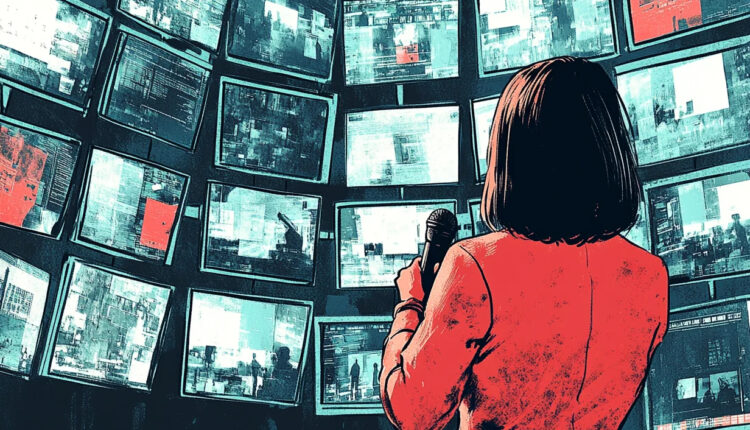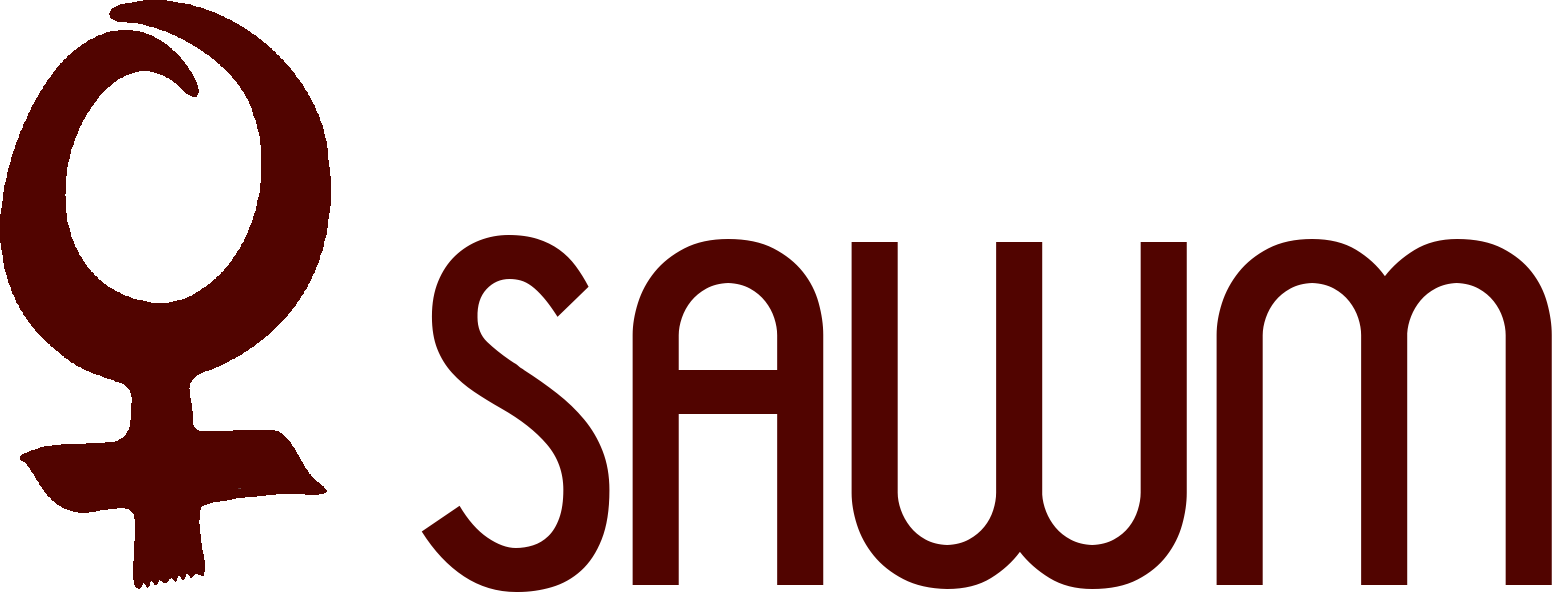
Covering India’s World: an MEA beat reporter remembers
At the launch of “India’s World” in December 2024, External Affairs Minister S. Jaishankar perceptively pointed out that the deepest changes in Indian foreign policy had come not from electoral changes in 2014 but from 1991, when the then Prime Minister PV Narasimha Rao embarked on a number of reforms that changed the way India saw the world.
In fact, the turn of the last decade of the 20th century wrought a series of very specific changes to India’s foreign policy outlook, not just in its bent but also in the way it was pitched and covered by journalists. In terms of substance – three major changes marked Indian foreign policy, each spurred by a geopolitical development. It was in the whirl of all changes that I began my journalistic career in 1994, working first for an international television channel (CNN, 1995-2005), then for an Indian television channel (CNN-IBN, 2005-2014) until my present position as the Diplomatic Editor for The Hindu (2014- Present).
The 1990s: A Transcendent Moment
The first was the impact of the collapse of the Soviet Union – which opened India’s options up in terms of engaging with the West and diversifying its strategic underpinnings from the Cold War world. This process had actually begun a decade before that, perhaps with U.S. President Jimmy Carter’s visit to India, which paved the way for the Indira Gandhi-Ronald Reagan meeting in Washington and three subsequent visits to the U.S. by PM Rajiv Gandhi, who was keen on military cooperation with the U.S. A corollary was the decision to establish full diplomatic relations with Israel.
Today, briefings are no longer the intimate affairs they once were, where journalists were informed about the government’s thinking on an issue and given context for a decision or a visit – but they make up for substance in terms of the ease of access to official agreements and documents online. With most of the MEA archives being digitised, the good news is that documents from the past can easily be pulled up.
The second was the impact of the Gulf War – a U.N.-sanctioned attack on Iraq by the U.S. and coalition partners after the invasion of Kuwait. The Indian government began to diversify its energy sources, and also to seek more partners for oil and gas imports, embarking on a new engagement with Gulf nations. The third is the impact of global economic trends, including India’s own near-default and its moment of ‘gold-selling’ reckoning, which eventually spurred economic liberalisation. While the reforms had several effects on India’s image in the world and, consequently, its foreign policy, one specific outcome was the Look-East policy and India’s desire to strengthen ties with ‘Asian tigers’ who had already tasted the success of liberalisation.
Covering Diplomacy: Then and Now
Today, any big visit by the Prime Minister abroad or an international leader to Delhi always includes these aspects—the private B2B deals that have been concluded on the sidelines of meetings, the discussions on energy and connectivity, and cooperation on areas of the economy, cyber-economy, and trade—a contrast to the times when bilateral relationships were described in slightly impersonal terms of strategic relationships.
It is daunting to count the number of ways covering the Ministry of External Affairs in the 1990s differs from covering the “diplo-beat” in the 2020s. But then, as now, the centre of our focus was on the long corridor in Delhi’s Shastri Bhawan, that houses the MEA “XP” (short for External Publicity) division, presided over by the Joint Secretary (JS-XP), who is also the Spokesperson for the Ministry, and by extension, for the government itself. In those days, before mobile phones and, the internet, and landlines that were permanently engaged, it used to be necessary to drive down to Shastri Bhawan and trawl the corridor, sometimes being invited in for a cup of tea by the JS or one of the other kindly officers, until there was a briefing or some kind of announcement to make. Announcements, like a press release, a joint statement or an appointment of an ambassador somewhere, were printed out and transmitted via telex machines, and part of the diplo-reporters job would be to make a friend in the telex room who would alert them on what was being printed out.
Getting a story meant having to “be there” physically and being around when an official in charge of one of the MEA’s many divisions that made up the world (Europe, Americas, East Asia, West Asia-North Africa, etc) decided to brief journalists about something they could report on. During the Kargil War (1999), the briefings came once, sometimes even twice a day, as the MEA and the Ministry of Defence pooled resources to speak to the media about how the war against Pakistani forces was progressing.
Today, briefings are no longer the intimate affairs they once were, where journalists were informed about the government’s thinking on an issue and given context for a decision or a visit – but they make up for substance in terms of the ease of access to official agreements and documents online. With most of the MEA archives being digitised, the good news is that documents from the past can easily be pulled up. The MEA Spokesperson briefs once a week in a press conference broadcast live over YouTube, press releases ping your phone and appear on the MEA’s app within seconds, and the government’s line, more often than not, is dictated over WhatsApp messages attributed to “Sources.”
What has also changed is India’s access to ground reporting in the neighbourhood – in the 1990s, many newspapers and TV channels had reporters in Pakistan, Bangladesh, Nepal, Sri Lanka, etc, although now, their numbers are just a few – partly because of the costs, but mainly due to tightened visa regimes across the region. With the XP department set to soon vacate that corridor in Shastri Bhawan to make way for new government buildings, the memories of the “old way” of covering the MEA will be even more distant.
The real change for diplomatic correspondents is, however, in the access to the ‘dramatis personae’ of Indian diplomacy itself. Since May 2014, Prime Minister Narendra Modi has dropped the press contingent on board Air India One, and the President, Vice-President and External Affairs Minister have followed his lead. These visits accompanying Indian leaders would be an intense exercise in Indian foreign policy drivers at the time, and journalists would be working from practically the moment the plane took off, speaking to senior officials, engaging with the principals on how the visit to this or that country would fit in with India’s diplomatic priorities. Journalists are often mocked on social media for missing these “free rides,” but the truth is that it is the reader and the viewer that miss out on insights gleaned on such trips, while the journalist will still travel to the destination and cover the visit at their organisation’s expense. As a result, and as other countries have also started to restrict journalists to only “official media,” journalists covering foreign policy miss out on witnessing some of the nuances in diplomacy – the interaction between leaders, particularly when bilateral relations are frosty, or some of the niceties of summit level diplomacy. The task of reporting, however, remains, and just means that those on the beat have to reach out to more than two or three sources – in government and in local embassies of other countries, to get the full picture.
Another area where the focus of foreign trips has changed is in the engagement of the Indian diaspora – one of the largest and most influential in the world. While in previous decades, leaders would meet the diaspora almost perfunctorily in small community gatherings, the last decade has seen the power of the diaspora being unleashed in large stadium events, often with the foreign leader of the country being visited as an adjunct to PM Modi, who enjoys wide popularity with the Indian community abroad.
This has certainly made covering a Prime Minister’s visit much more colourful. It is unclear just how much having a vocal diaspora helps in bilateral ties – especially as such events sometimes highlight the divisions within the diaspora, as protestors come out to these events for issues like Khalistani separatism, the Citizenship Amendment Act and caste discrimination. Given the number of media outlets and social media onslaught, the MEA also no longer coordinates the government’s evacuation of Indians from other countries during conflicts. In the past, journalists were able to recount the perilous journeys undertaken by India’s navy, air force and military personnel in rescuing Indians from Iraq (1991 and 2003), Lebanon (2006), Egypt and Libya (2011) first-hand. Now, a media-savvy MEA prefers to film and disseminate information and videos of the operations itself on its own social media channels.
As a result of these changes, my day 30 years later begins very differently. The first order of the day is to scan social media, even before the newspapers arrive. My accounts on X, LinkedIn, and Instagram are actually set up like the “ticker” or agency feeds of the past, with alerts coming in from the important figures in foreign policy, including some of my colleagues on the beat. The MEA has an app that updates press releases, statements and visits regularly, while the briefing once a week is an opportunity to ask for specific answers or comments. Social media is also a great way to put out stories and receive instant feedback – as long as you’re prepared for it, as many active “trolls”, including Indians abroad, feel quite strongly about India’s image and bilateral relations.
As our job assays all India’s external ties, we need to keep up conversations with dozens of diplomats from various embassies, who are always the best-informed on what to expect. In addition, External Affairs Minister S. Jaishankar is a very prolific public speaker, and his speeches add some context to the decisions the government takes. Where you sit is where you stand, but in the world of foreign policy, where the PM and EAM travel is often the best indicator of where the government stands at any point.
Then, as now, covering a story well means having reliable sources, but “breaking a story” always needs something more: a well-informed source who will call the journalist rather than the other way around.
Content retrieved from: https://indiasworld.in/covering-indias-world-an-mea-beat-reporter-remembers/.

